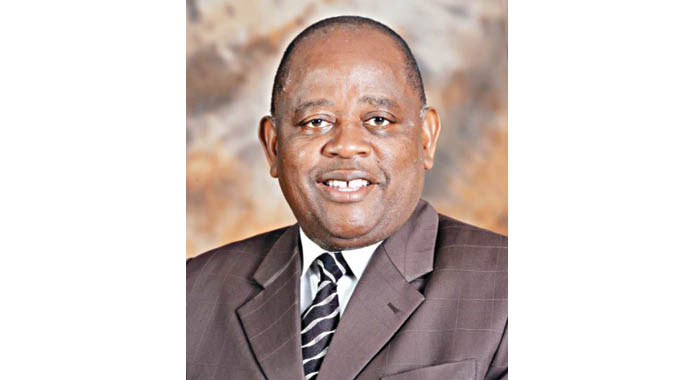Zimbabwe Revenue Authority (Zimra) clocks $5,3bn H1 revenue collection

Oliver Kazunga, Senior Business Reporter
THE Zimbabwe Revenue Authority (Zimra) has surpassed its revenue gross collection target for the first half ended June 30, 2019 by 22,75 percent to $5,27 billion against a target of $4,30 billion.
In a revenue performance report for the period under review, Zimra board chairman Dr Callisto Jokonya also indicated that the authority exceeded its net revenue collection target of $4,30 billion by 17,83 percent to $5,06 billion.
“Revenue performance for the first half of 2019 exceeded the set target on both gross and net positions.
“Gross collections for the first half of 2019 were $5,27 billion against the targeted $4,30 billion, thereby surpassing the set target by 22,75 percent,” he said.
“After deducting refunds of $211,52 million for the first half, net collections of $5,06 billion surpassed target of $4,30 billion by 17,83 percent.”
Compared to the same period in 2018, Dr Jokonya said gross collections grew by 118,71 percent from $2,41 billion collected during the first half of last year.
“Similarly, net collections recorded a growth of 118,92 percent from $2,31 billion that was collected in the same period in 2018.
“Positive performance is attributed to the significant contributions from excise duty, Intermediated Money Transfer Tax (IMTT), individual tax, Value Added Tax and company tax,” he said.
The improvement has been bolstered by the authority’s revenue enhancement initiatives and strategies aimed at promoting compliance.
Gross revenue collections for the second quarter of this year amounting to $3,23 billion and surpassed the set target of $2,3 billion by 38,66 percent.
Net collections of $3,13 billion exceeded the target by 34,51 percent after deducting refunds of $96,55 million.
Dr Jokonya said net collections grew by 149,56 percent from the 2018 second quarter performance.
“Gross collections grew by 148,60 percent from $1,30 billion collected in the second quarter of 2018.
“Positive performance is attributed to notable contributions from excise duty, individuals, IMTT and company tax,” he said.
Dr Jokonya said individual tax, company tax, VAT on imports, customs duty, excise duty, mining royalties, IMTT and tobacco levy surpassed set targets for the period.
“There was noticeable improvement in revenue performance by major revenue heads.
“Revenue collections from individual tax and company tax can be attributed to the ongoing revenue enhancement initiatives that the authority is undertaking.
“One project pursued focused on PAYE in foreign currency and has had significant impact especially during the month of May when the project started,” he said.
Gross VAT on local sales showed positive performance, which can be a sign of improved economic activity and compliance level.
VAT refunds negatively affected the revenue resulting in net VAT performing below the set target. VAT on imports and customs duty responded positively to the floated exchange rate and plugging of revenue leakages during the first half of 2019.
“Shortages of some goods on the domestic market saw imports filling the gap with a positive impact on customs duty and VAT on imports.
“Excise duty performance can be attributed to increased rates of excise duty on fuel effected during the first half of the year through SI 9 of 2019.
“Diesel imports increased by 6,11 percent from 491,89 million litres supplied in the first half of 2018 to 521,96 million litres,” said Dr Jokonya.
However, he said petrol imports decreased by 2,19 percent from 289,34 million litres in the first half of 2018 to 283,01 million litres. IMTT remained resilient since its broadening in October 2018.
“Individuals tax, company Tax, VAT on imports, customs duty, excise duty, mining royalties, IMTT, and tobacco levy surpassed set targets and 2018 first half performance.
“Carbon tax experienced negative growth and this can be attributed to a fall in volumes of petrol imports which attract a higher rate.
“Petrol imports decreased by 2,19 percent from 289,34 million litres in the first half of 2018 to 283, 01 million litres in the first half of 2019,” said Dr Jokonya. — @okazunga











Comments